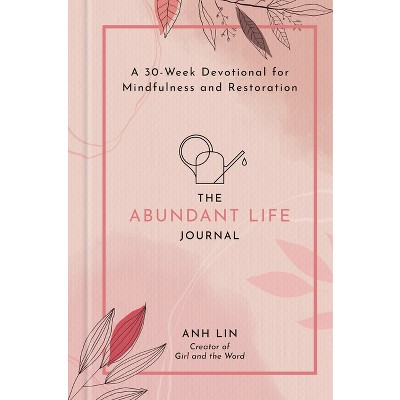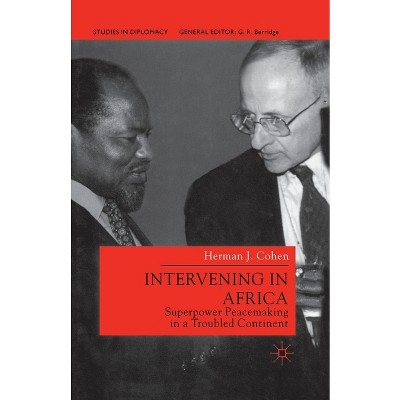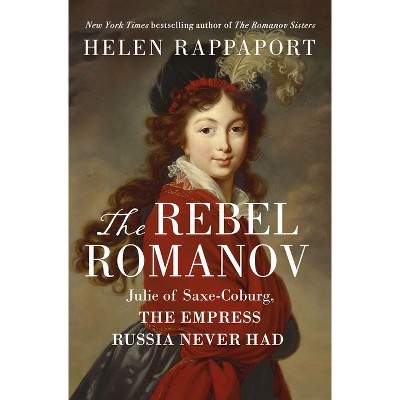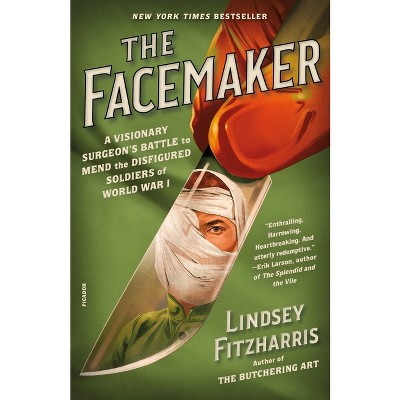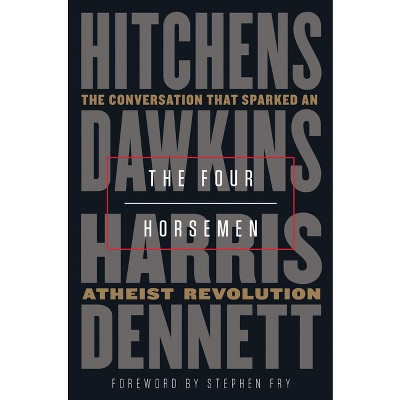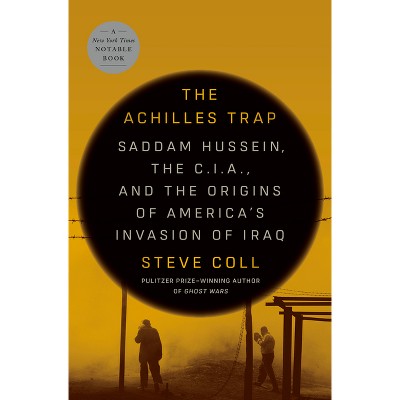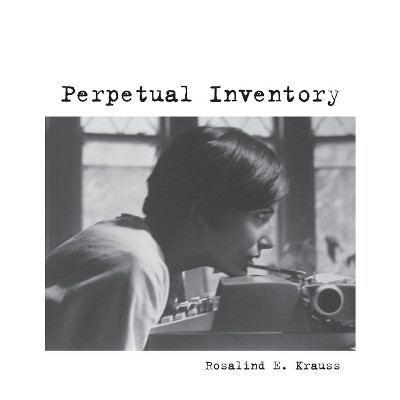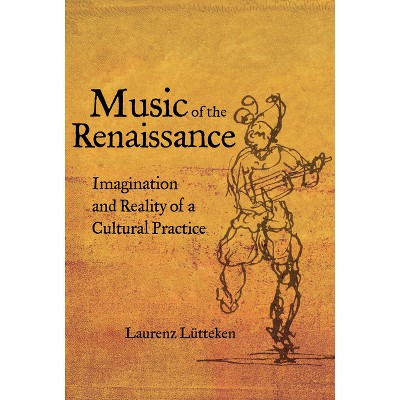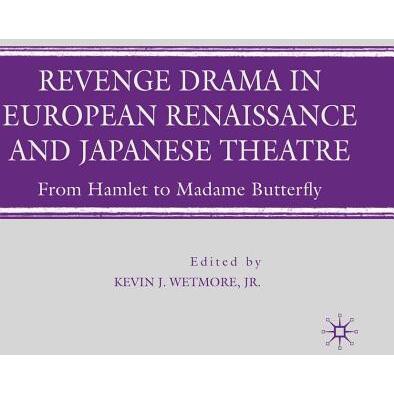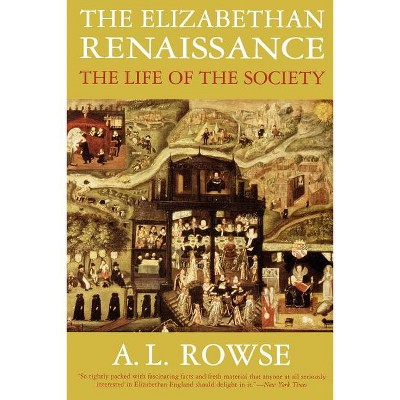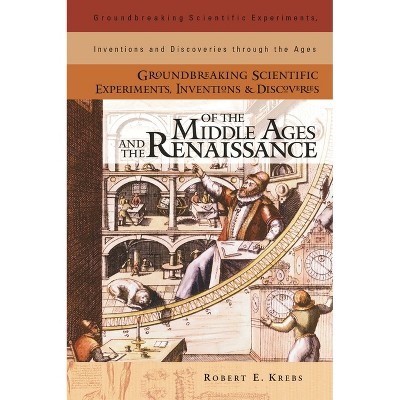Sponsored

Music of the Renaissance - by Giulio Ongaro (Hardcover)
In Stock
Sponsored
About this item
Highlights
- The Renaissance was not a spontaneous cultural explosion, but rather an evolution and cross-fertilization of artistic, philosophical, and scientific principles.
- About the Author: GIULIO ONGARO is Associate Professor of Music History and Literature at the Thornton School of Music, University of Southern California.
- 224 Pages
- Social Science, Popular Culture
Description
About the Book
The Renaissance was not a spontaneous cultural explosion, but rather an evolution and cross-fertilization of artistic, philosophical, and scientific principles. This reference presents and examines the rich and varied world of music in Renaissance Europe. Giulio Ongaro offers an advanced technical knowledge of music, presented accessibly in a multidisciplinary approach. After an introductory essay on the cultural backdrop of the Renaissance, narrative chapters provide an overview of Renaissance music, recreate the lives of Renaissance musicians, describe the different genres of music, and explain the relationships between Renaissance music and dance. Coverage also includes musical instruments from the period and the business of music publishing during this period. These chapters synthesize music theory, history, and culture into a comprehensive narrative on music throughout Continental Europe and the British Isles. Illustrations, chapter bibliographies, a timeline, and a subject index complete the volume.
In many ways, this is a companion volume to Music from the Age of Shakespeare in its accessible, interdisciplinary examination of music history. Ongaro's volume on Renaissance Music synthesizes music theory, history, and culture into a comprehensive narrative on music throughout Continental Europe and the British Isles
Book Synopsis
The Renaissance was not a spontaneous cultural explosion, but rather an evolution and cross-fertilization of artistic, philosophical, and scientific principles. This reference presents and examines the rich and varied world of music in Renaissance Europe. Giulio Ongaro offers an advanced technical knowledge of music, presented accessibly in a multidisciplinary approach. After an introductory essay on the cultural backdrop of the Renaissance, narrative chapters provide an overview of Renaissance music, recreate the lives of Renaissance musicians, describe the different genres of music, and explain the relationships between Renaissance music and dance. Coverage also includes musical instruments from the period and the business of music publishing during this period. These chapters synthesize music theory, history, and culture into a comprehensive narrative on music throughout Continental Europe and the British Isles. Illustrations, chapter bibliographies, a timeline, and a subject index complete the volume.
In many ways, this is a companion volume to Music from the Age of Shakespeare in its accessible, interdisciplinary examination of music history. Ongaro's volume on Renaissance Music synthesizes music theory, history, and culture into a comprehensive narrative on music throughout Continental Europe and the British IslesReview Quotes
?[O]ffers a survey of many aspects of music spanning the flourishing of the Dunstable and Dufay generation to the turn of the sixteenth and seventeenth centuries. A susbstantial introduction is followed by chapters covering genre and form, sixteenth-century dance and dance music, organology and music publishing, in that order. This organization makes for easy reference and is happily complemented by a section comprising microbiographies of many of the individuals discusses within the main chapters....The discussion of the daily lives of Renaissance musicians employed at courtly and ecclesiastical institutions reveals a clear insight into the social barriers between gentlemen and different categories of professional musicians.?-The Sixteenth Century Journal
?Ongaro provides nonmusicians with a thoughtful perspective on Renaissance music as it developed not only within its own domain but as a greater part of European society and cultural life in its entirety. The author presents the regional stylistic developments with clarity and highlights pivotal composers' place in history for readers to subsequently explore....Ongaro's language is appropriate for the uninitiated becoming acquainted with this vast body of music, which is too-often neglected in the mainstream outlets of art music and within the popular media. Indeed, this would be a great place for a budding young musicologist to start in order to observe how the broader scope of history is made whole with the discipline. Highly recommended. Lower- and upper-division undergraduates; general readers.?-Choice
"ÝO¨ffers a survey of many aspects of music spanning the flourishing of the Dunstable and Dufay generation to the turn of the sixteenth and seventeenth centuries. A susbstantial introduction is followed by chapters covering genre and form, sixteenth-century dance and dance music, organology and music publishing, in that order. This organization makes for easy reference and is happily complemented by a section comprising microbiographies of many of the individuals discusses within the main chapters....The discussion of the daily lives of Renaissance musicians employed at courtly and ecclesiastical institutions reveals a clear insight into the social barriers between gentlemen and different categories of professional musicians."-The Sixteenth Century Journal
"[O]ffers a survey of many aspects of music spanning the flourishing of the Dunstable and Dufay generation to the turn of the sixteenth and seventeenth centuries. A susbstantial introduction is followed by chapters covering genre and form, sixteenth-century dance and dance music, organology and music publishing, in that order. This organization makes for easy reference and is happily complemented by a section comprising microbiographies of many of the individuals discusses within the main chapters....The discussion of the daily lives of Renaissance musicians employed at courtly and ecclesiastical institutions reveals a clear insight into the social barriers between gentlemen and different categories of professional musicians."-The Sixteenth Century Journal
"Ongaro provides nonmusicians with a thoughtful perspective on Renaissance music as it developed not only within its own domain but as a greater part of European society and cultural life in its entirety. The author presents the regional stylistic developments with clarity and highlights pivotal composers' place in history for readers to subsequently explore....Ongaro's language is appropriate for the uninitiated becoming acquainted with this vast body of music, which is too-often neglected in the mainstream outlets of art music and within the popular media. Indeed, this would be a great place for a budding young musicologist to start in order to observe how the broader scope of history is made whole with the discipline. Highly recommended. Lower- and upper-division undergraduates; general readers."-Choice
About the Author
GIULIO ONGARO is Associate Professor of Music History and Literature at the Thornton School of Music, University of Southern California.Shipping details
Return details
Frequently bought together
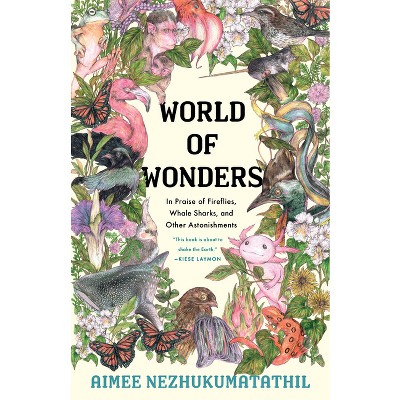
Guests also viewed

